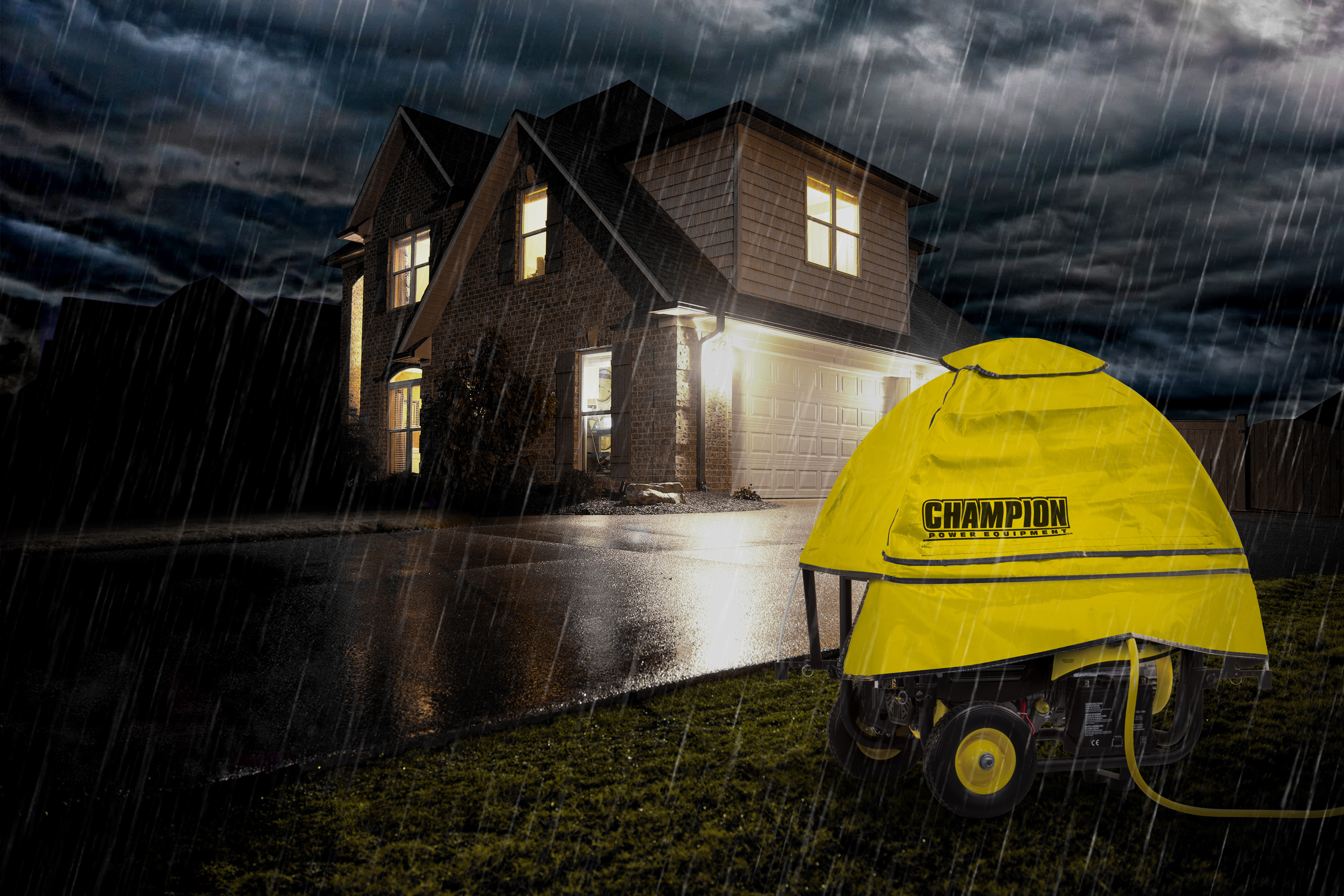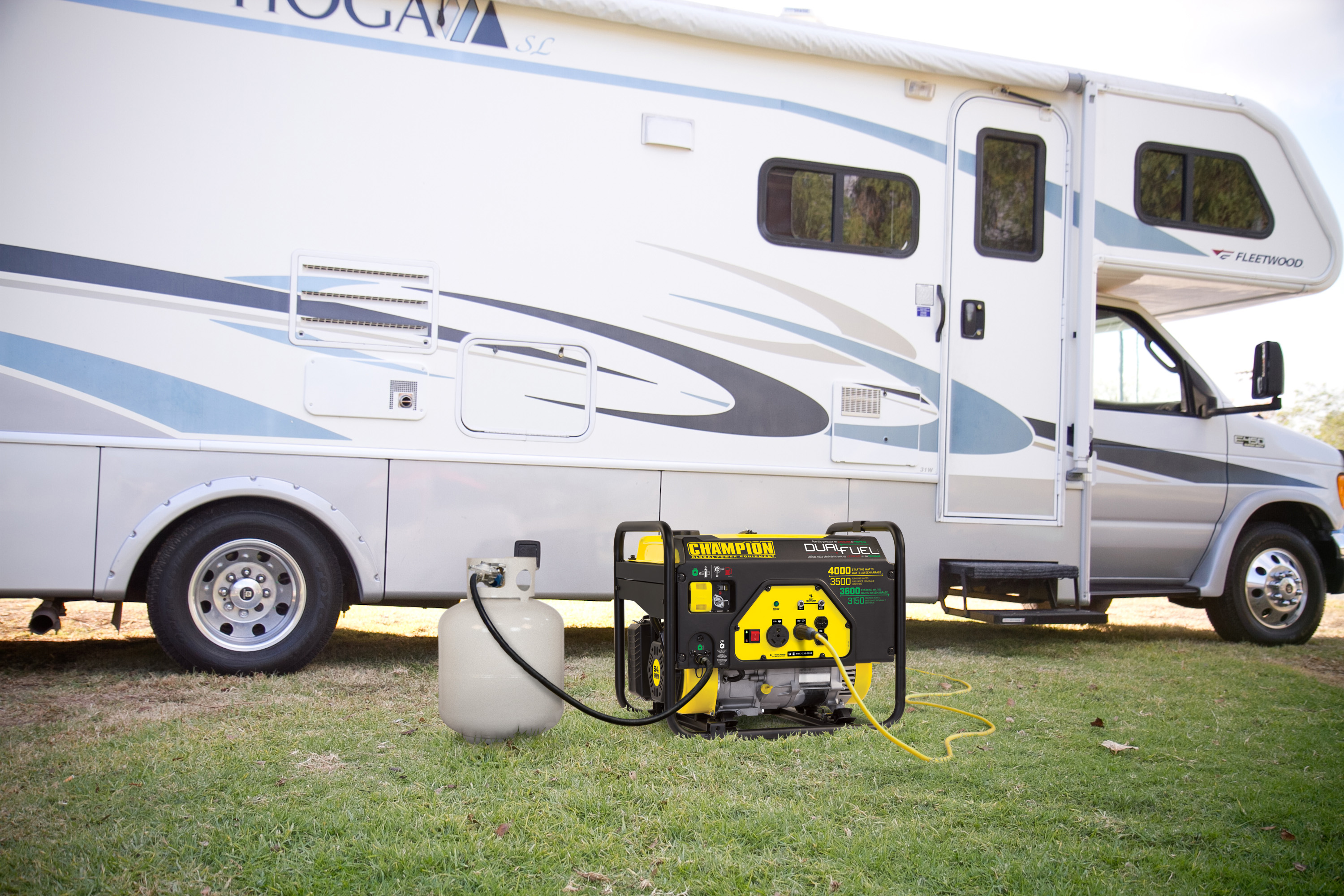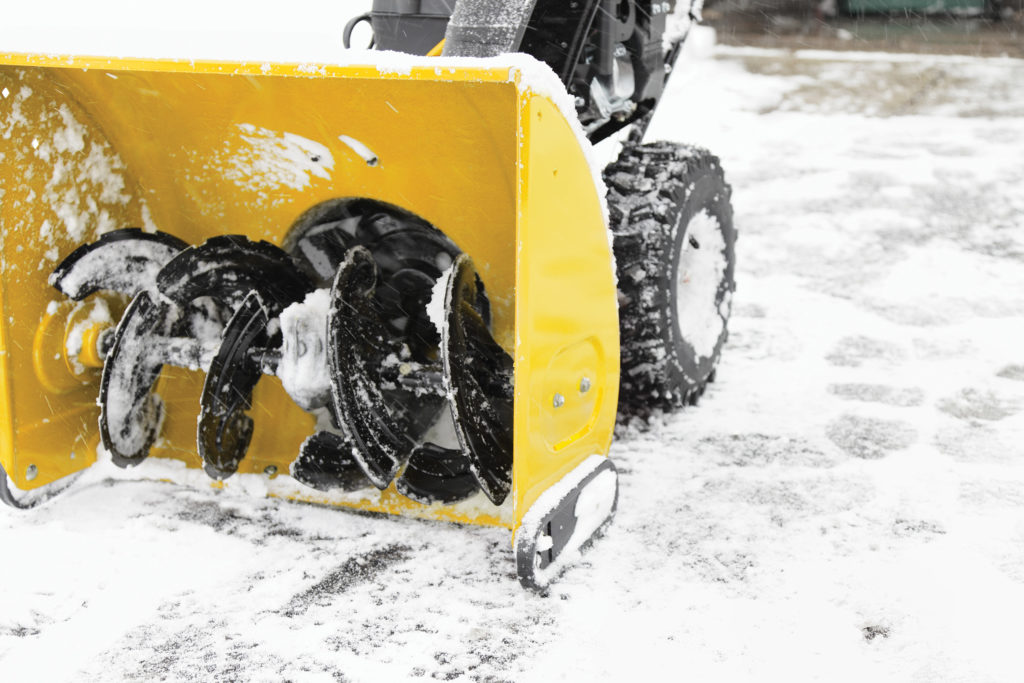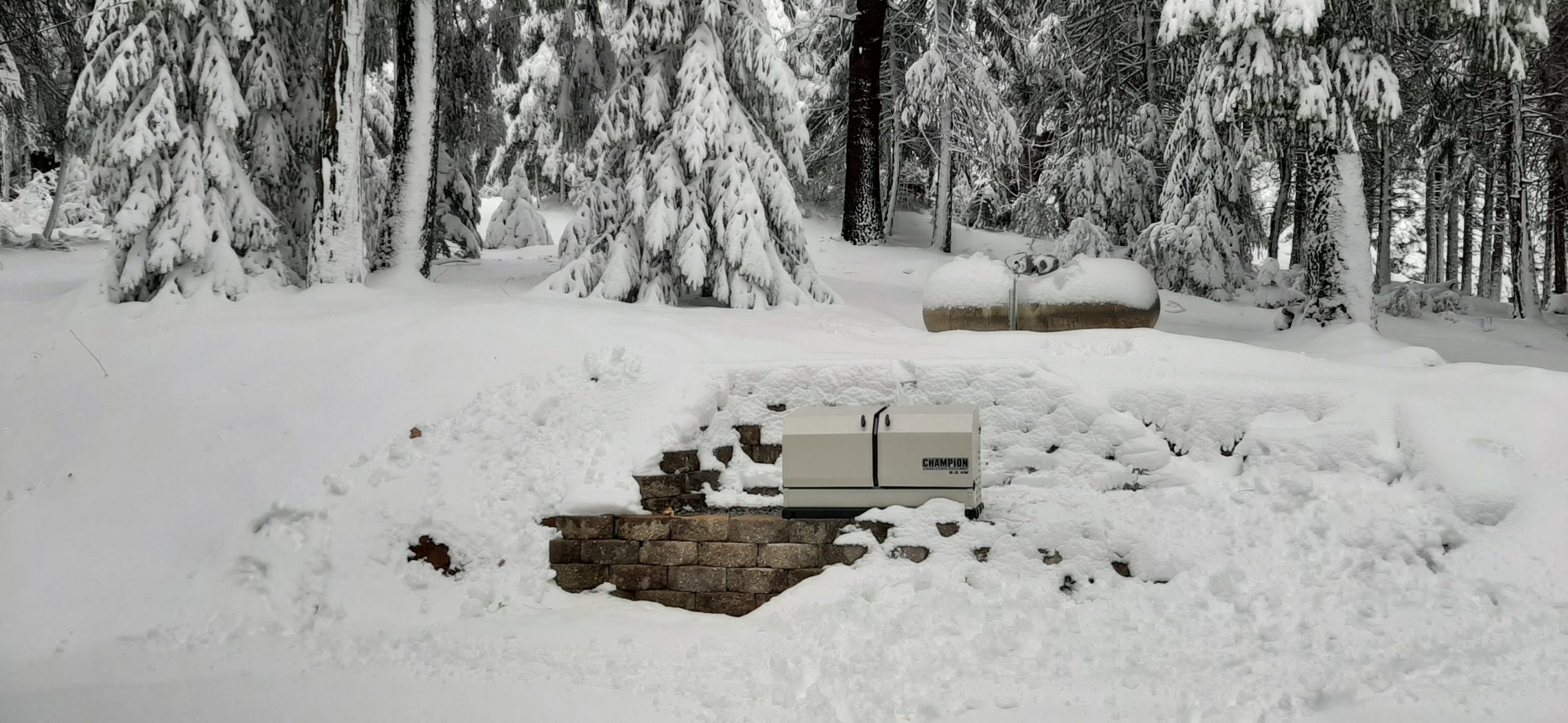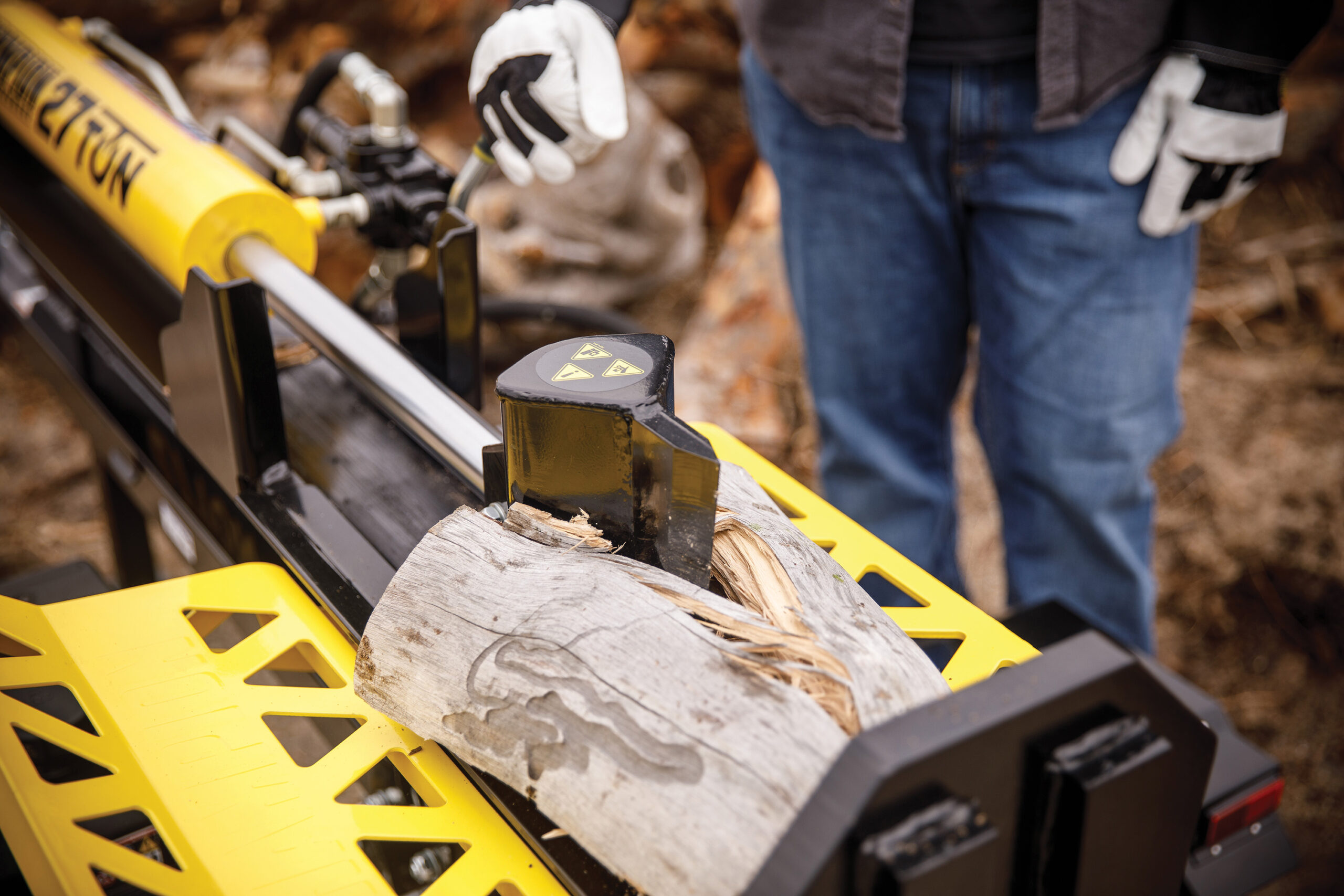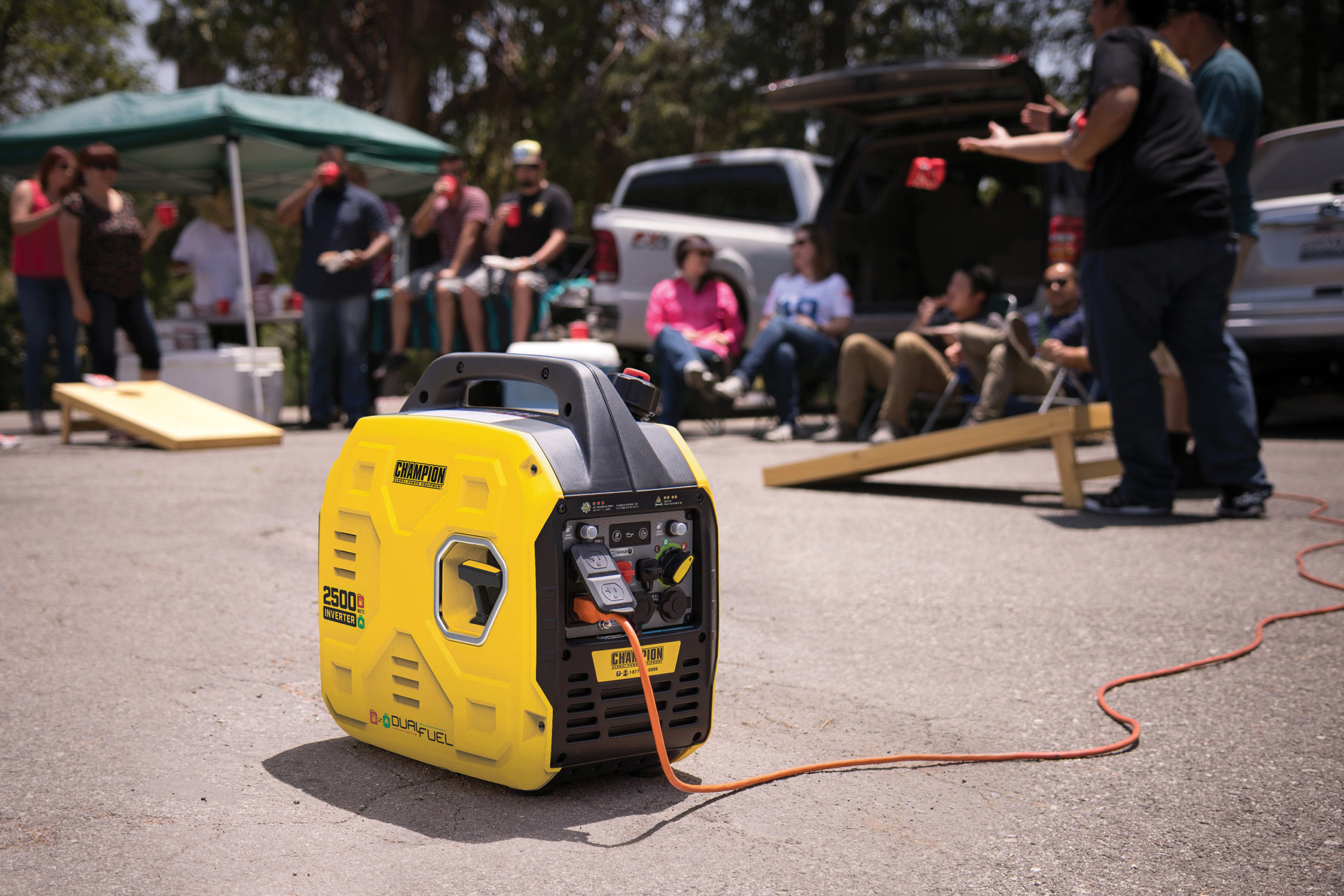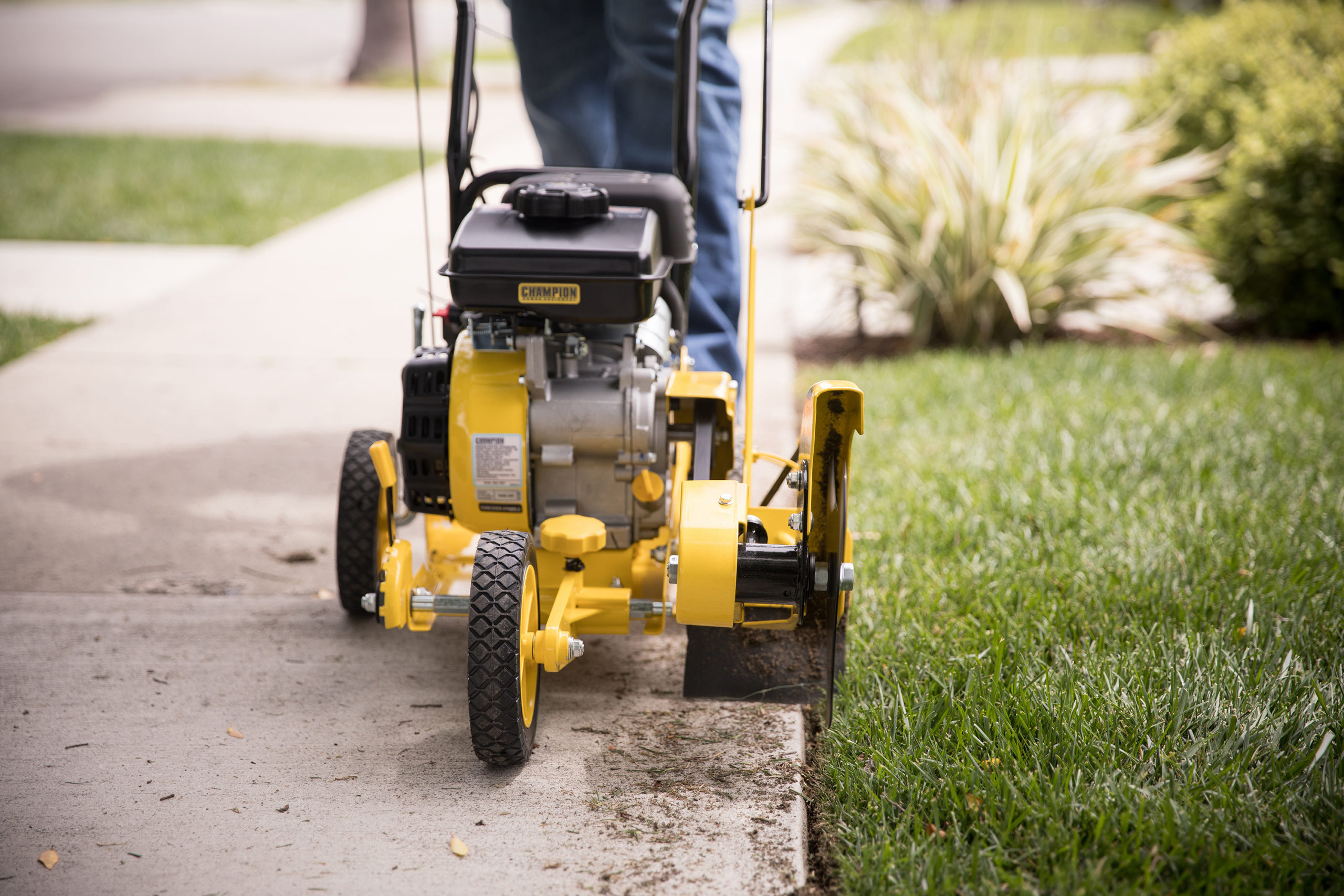Our lives depend on power. When a power outage occurs, we not only experience a huge interruption to the natural flow of life, we feel vulnerable and out of control.
Short power outages aren’t usually a big deal, but the longer an outage continues, the more at risk you begin to feel. Food in your freezer and fridge begins to thaw. Your home may become dangerously cold or unbearably hot. If you or your loved ones rely on devices powered by electricity or medication that requires refrigeration, a power outage can be life-threatening.
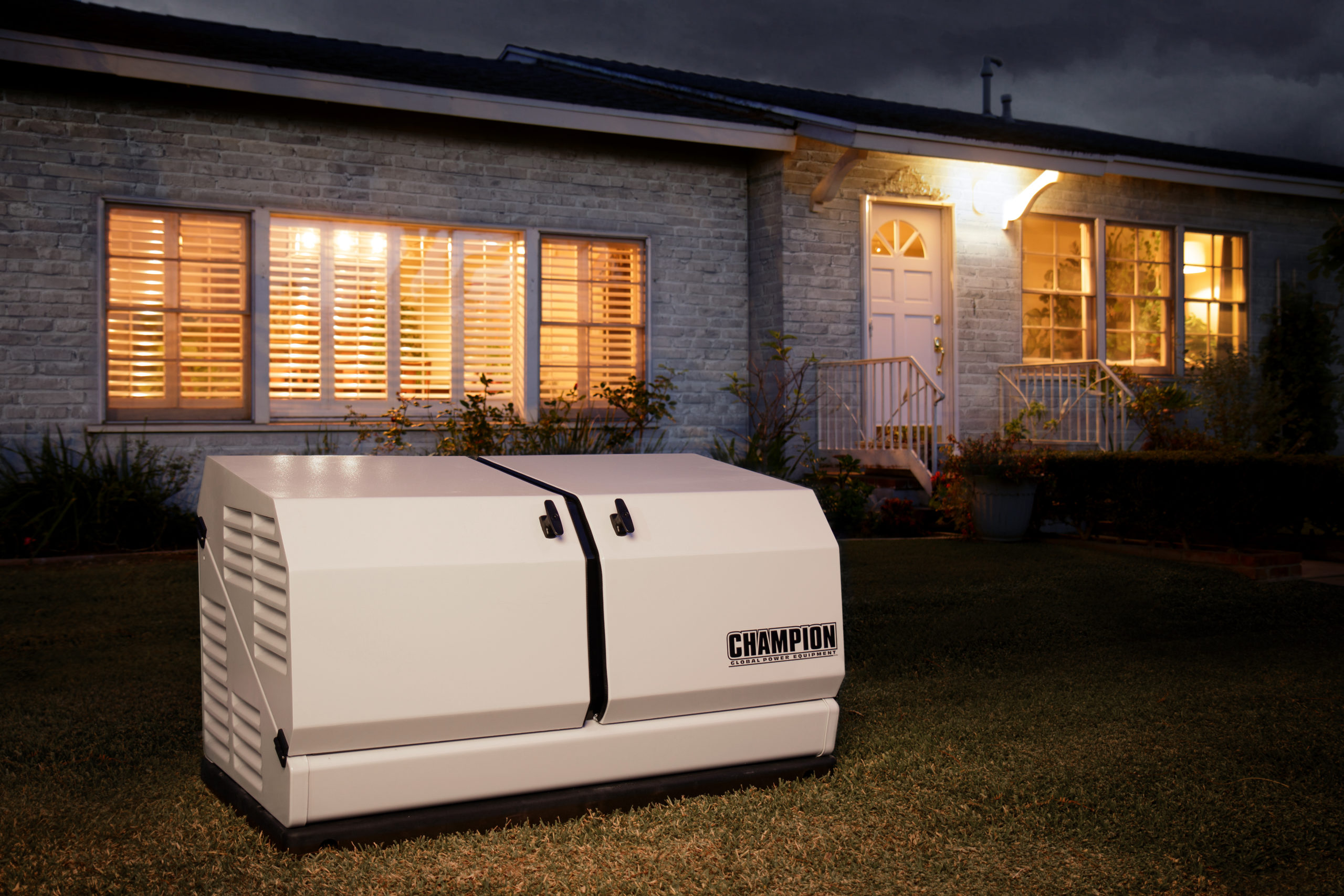
Peace of Mind 24/7
Now’s the time to get prepared so you can ensure the safety and security of your loved ones and your home during a power outage. Portable generators are perfect for tailgating, powering your RV, or backing up a few essential items in your home. However, your portable generator doesn’t turn on automatically for you when the power goes out. Guess what does? A home standby generator!
If your home experiences a power outage, a home standby generator can step in immediately, usually within about 10 to 15 seconds. You and your family may not even notice that an outage has occurred. HSBs are fully automated to start as soon as power loss is detected. When power is restored, your home standby unit will turn off after about 30 seconds and will need 3 to 5 minutes to cool down.
If you want to know beyond a shadow of a doubt that your family’s needs can be met during a power outage, a home standby generator keeps watch over your home, 24 hours a day, 7 days a week, 365 days a year.
Talk about peace of mind, right?
Permanent Installation
Home standby generators, or HSBs, also known as permanent or stationary generators, are permanently installed in your yard. Your HSB connects directly to your home’s electrical system and runs on your home’s fuel supply, either natural gas or propane.
Before you choose a home standby generator, you need to understand the needs of your home and calculate the overall cost and long-term savings. Get equipped now with all the information you need so you can protect your family and your home with a new HSB.
Understand the needs of your home
A HSB is a long-term investment, so make sure you choose one that’s the right size to meet your needs. Don’t overspend on a larger generator if a smaller one can meet the power needs of your home. Think through what items in your house you’d like to power during an outage. Do you only want to keep the essentials going, or do you want whole-house power?
A generator’s output tells you how much power it delivers to your home. Most manufacturers have user-friendly tools on their websites to help you choose the best HSB for your needs. Start here with our Home Standby Generator Calculator or ask a dealer or an electrician to make a size recommendation for you.
You need to know:
Calculate the overall cost and long-term savings
The first thing you need to understand is the difference between the cost of the unit and the cost of ownership. Consider the money you’ll save long-term by purchasing an HSB. Remember, unlike a portable generator, an HSB must be professionally installed, so your purchase includes the HSB unit plus the cost of installation.
On natural gas, a home standby generator can run almost indefinitely, and when connected to an appropriately sized propane tank, it can provide power for up to a week. If your power is out for a week or more, an HSB may actually pay for itself during one power outage!
An article like this one by Consumer Reports provides HSB ratings by brand.
- Compare the generator output to the purchase cost.
- Compare the sound levels when the HSB is actually in use.
- Take note of the length of the manufacturer’s warranty and what is covered. Parts are usually the most expensive item on a repair bill, so learn what parts are covered and how long the coverage lasts.
- Are there items you will need that are not included? For example, you may need a cold weather kit in your area to aid startup in the winter.
- Your HSB will need annual service appointments and periodic replacement of spark plugs, oil, filters, and starting batteries.
Now it’s time to find a local dealer. Make sure the dealer you choose can service your new HSB and perform warranty repairs.
Installation Pro Tip: The total cost may be lower if your electric meter and gas meter are located on the same side of the house. Costs may be higher if they’re on opposite sides of the house. HSBs can’t be installed within 5 feet of a window, door, vent, or other openings to keep exhaust gas from entering your home.
An entire job quote can include:
- Delivery of your unit and preparation of the ground for installation
- Landscape modifications if necessary
- Connection to your home’s electrical system using an automatic transfer switch (ATS)
- Connection to your home’s fuel system of natural gas or propane
- All connections completed to code with permitting as required
- Battery installation and cold weather kit (if needed) installation
- Start up and instruction on the operation and use of your home standby
- Clean up of installation site and removal of all debris
- Warranty registration of your HSB with the manufacturer
- (Don’t forget to ask for all the related product and warranty documentation, plus the dealer contact information.)
Buying a home standby generator means if there’s a power outage, you and your family will be confident and in control. No more unexpected disruptions. No more inconvenience. No more worries about the health and safety of your family.
Imagine the peace of mind your new home standby generator will provide.
